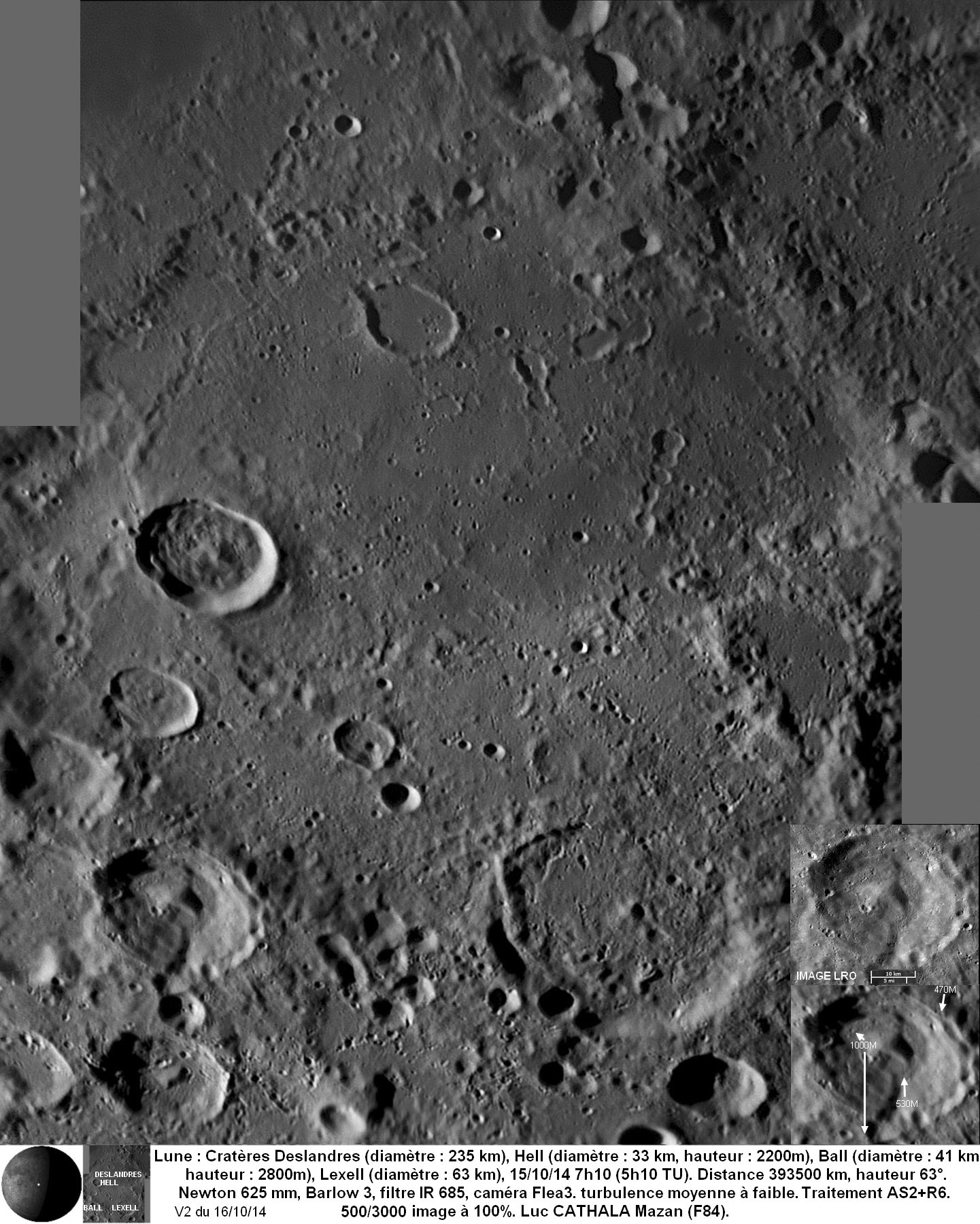Difference between revisions of "October 18, 2014"
| Line 1: | Line 1: | ||
__NOTOC__ | __NOTOC__ | ||
=Big Plain= | =Big Plain= | ||
| − | |||
<!-- ws:start:WikiTextHeadingRule:0:<h1> --> | <!-- ws:start:WikiTextHeadingRule:0:<h1> --> | ||
<!-- ws:start:WikiTextLocalImageRule:6:<img src="/file/view/LPOD-Oct18-14.jpg/527013412/LPOD-Oct18-14.jpg" alt="" title="" /> -->[[File:LPOD-Oct18-14.jpg|LPOD-Oct18-14.jpg]]<!-- ws:end:WikiTextLocalImageRule:6 --><br /> | <!-- ws:start:WikiTextLocalImageRule:6:<img src="/file/view/LPOD-Oct18-14.jpg/527013412/LPOD-Oct18-14.jpg" alt="" title="" /> -->[[File:LPOD-Oct18-14.jpg|LPOD-Oct18-14.jpg]]<!-- ws:end:WikiTextLocalImageRule:6 --><br /> | ||
| − | <em>image by [mailto:luccat@sfr.fr Luc CATHALA], Vaucluse FRANCE</em><br /> | + | <em>image by [mailto:luccat@sfr.fr" rel="nofollow Luc CATHALA], Vaucluse FRANCE</em><br /> |
<br /> | <br /> | ||
| − | Luc's grand image of Deslandres, or Hell Plain as it was once known, reminded me of my previous [http://www.lpod.org/archive/archive/2004/05/LPOD-2004-05-07.htm wonderment] if the large feature was actually a small multi-ring basin. With a diameter of 227 km it is quite a bit smaller than the Grimaldi (440 km) and even the Schiller-Zucchius (335 km) basins. But under some lighting there are hints of a remnant inner ring. Most [http://lpod.wikispaces.com/March+28,+2013 images] don't add much evidence to the inner ring guess, however there is another way that ancient basins are sometime revealed - they are deep. Deslandres itself is relatively shallow, and its central area is actually higher than many parts of its edges. Topographically there is no evidence that it is a two-ringer. But when you consider Clavius (231 km) and Lacus Mortis (159 km), being just a large crater is pretty good company to be in.<br /> | + | Luc's grand image of Deslandres, or Hell Plain as it was once known, reminded me of my previous [http://www.lpod.org/archive/archive/2004/05/LPOD-2004-05-07.htm" rel="nofollow wonderment] if the large feature was actually a small multi-ring basin. With a diameter of 227 km it is quite a bit smaller than the Grimaldi (440 km) and even the Schiller-Zucchius (335 km) basins. But under some lighting there are hints of a remnant inner ring. Most [http://lpod.wikispaces.com/March+28,+2013 images] don't add much evidence to the inner ring guess, however there is another way that ancient basins are sometime revealed - they are deep. Deslandres itself is relatively shallow, and its central area is actually higher than many parts of its edges. Topographically there is no evidence that it is a two-ringer. But when you consider Clavius (231 km) and Lacus Mortis (159 km), being just a large crater is pretty good company to be in.<br /> |
<br /> | <br /> | ||
| − | <em>[mailto:tychocrater@yahoo.com Chuck Wood]</em><br /> | + | <em>[mailto:tychocrater@yahoo.com" rel="nofollow Chuck Wood]</em><br /> |
<br /> | <br /> | ||
<strong>Related Links</strong><br /> | <strong>Related Links</strong><br /> | ||
<em>[http://lpod.wikispaces.com/21st+Century+Atlas+of+the+Moon 21st Century Atlas]</em> chart 16.<br /> | <em>[http://lpod.wikispaces.com/21st+Century+Atlas+of+the+Moon 21st Century Atlas]</em> chart 16.<br /> | ||
| − | Luc's [http://www.astrobin.com/users/CATHALA.Luc.CATLUC/ website]<br /> | + | Luc's [http://www.astrobin.com/users/CATHALA.Luc.CATLUC/" rel="nofollow website]<br /> |
<hr /> | <hr /> | ||
Revision as of 23:05, 4 January 2015
Big Plain

image by " rel="nofollow Luc CATHALA, Vaucluse FRANCE
Luc's grand image of Deslandres, or Hell Plain as it was once known, reminded me of my previous " rel="nofollow wonderment if the large feature was actually a small multi-ring basin. With a diameter of 227 km it is quite a bit smaller than the Grimaldi (440 km) and even the Schiller-Zucchius (335 km) basins. But under some lighting there are hints of a remnant inner ring. Most images don't add much evidence to the inner ring guess, however there is another way that ancient basins are sometime revealed - they are deep. Deslandres itself is relatively shallow, and its central area is actually higher than many parts of its edges. Topographically there is no evidence that it is a two-ringer. But when you consider Clavius (231 km) and Lacus Mortis (159 km), being just a large crater is pretty good company to be in.
" rel="nofollow Chuck Wood
Related Links
21st Century Atlas chart 16.
Luc's " rel="nofollow website



